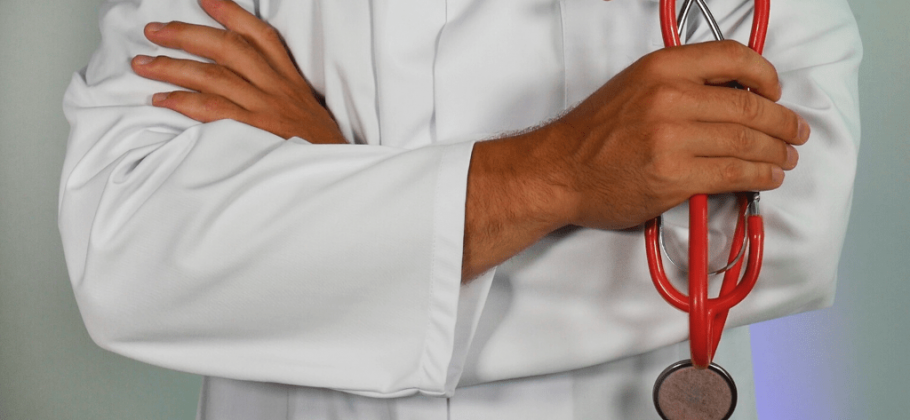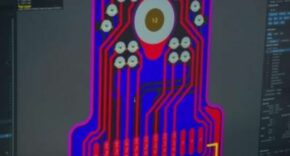As the constant pressure to increase quality of patient care in the UK is under the spotlight and the need to cut costs a stark reality, more and more providers are now recognising and harnessing the true benefits of using technology across departments.
Healthcare providers are leveraging the power of video to link patients, physicians, and clinicians and extend the reach of healthcare. Patients want lower out-of-pocket costs, shorter wait times and less travel as they receive medical care. Video communications allow medical personnel to evaluate patients and diagnose illnesses in real-time without the need for either the patient or the practitioner to travel. Medical professionals also use video communications to access certification programs, for continuing medical education (CME), and to train others.
In healthcare, nothing is as important as giving patients the care they need. But for many hard-to-reach or homebound patients, visiting a physician can be challenging. Video communications solutions make doctor, patient and expert access as easy as dialing a phone.
Doctors can virtually connect to patients and use technology to conduct examinations and provide diagnoses real-time using a video device, computer, tablet or mobile device. Patients can be monitored from home and still have the benefit of face-to-face communications. Specialists can also be accessed real-time when needed during a medical emergency and teams of physicians can collaborate remotely exchanging information, observations and recommendations to accelerate patient care.
Video communications are used for a variety of applications in healthcare that centre around patient care, collaboration, training and compliance, and communications command and control. It presents an opportunity for CIOs to work with Chief Medical, Marketing, and Patient officers to build solutions that meet specific needs and engage the customers, whether those customers are medical staff or patients.
Benefits of using Video in healthcare
Patient Care
Patients are now viewing videos of procedures and medical information remotely in advance of treatment. Nurses, doctors and family members are able to connect to a patient through a video call to check-in and monitor the patient. These approaches help reduce patient anxiety levels and provide better care to patients.
Collaboration
At teaching hospitals researchers are using video to provide detailed results, for peer reviews and to invite experts to collaborate globally. Healthcare providers also use video communications to solicit advice for hard to diagnose medical situations.
Improved Education, Training and Compliance
Making videos available on-demand and live streaming training allows healthcare providers to enhance education and track what is watched and for how long. Healthcare personnel can keep certification up-to-date by obtaining education from distant locations. Employee training can be done in large groups across multiple locations without the need to leave the work site. Communications Command and Control Capture and distribution of video messages can be pushed-out to staff and patients, helping unify a healthcare campus and remote locations. Video communications and digital signage help deliver information to patients, healthcare staff and visitors. The technologies are also useful to promote programs and services, as well as for emergency broadcasts. New information can be presented to multiple locations in a single session. Information can be disseminated to multiple locations for common issues like benefits, compliance, and hospital policies.
Improves Quality of Care
Using video communications allows a healthcare facility to obtain specialized patient care without the need to transfer the patient. Video communications improves delivery of treatment by allowing doctors at multiple locations to make clinical diagnoses and consult with patients.
Competitive Advantage
Use of video communications allows teams to share information more widely resulting in faster and more informed decisions. This results in reduced time to market for new products and services. Video communications in healthcare can be leveraged to produce more personal one-on-one relationships between patients and medical staff, which results in increased loyalty and trust.
Video communications ensures that healthcare professionals can run the day-to-day business of hospitals, service patients remotely, and obtain continuing medical education without any loss of care or quality. Because video communications are so good, healthcare professionals are able to see symptoms clearly and patients can relate to healthcare professionals without leaving home. Knowledge transfer is critical for healthcare providers. Challenging problems include an aging population, the potential for global outbreaks of diseases, a shortage of skilled nurses and doctors, and escalating medical costs. Video Communications technology provides healthcare providers and support staff a way to collaborate across distances with one another or remote patients, ultimately enabling greater efficiencies and a sharper focus on patient care.













